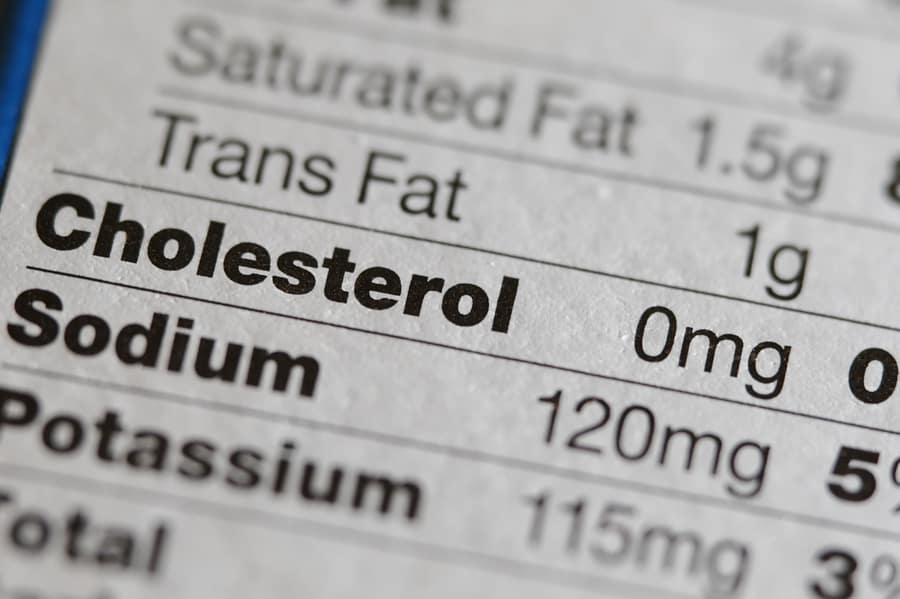 You will notice in a lot of my recipes, I say “salt and pepper to taste” There is a reason for this–not because I’m trying to frustrate you! Salt should be added slowly and, depending on the recipes, in steps. That’s how the pros do it and it makes sense–this is how to get the best taste and to make sure you don’t over salt. The reason to salt anything is bring out the flavor of food–not mask it–and you only need a little bit.
You will notice in a lot of my recipes, I say “salt and pepper to taste” There is a reason for this–not because I’m trying to frustrate you! Salt should be added slowly and, depending on the recipes, in steps. That’s how the pros do it and it makes sense–this is how to get the best taste and to make sure you don’t over salt. The reason to salt anything is bring out the flavor of food–not mask it–and you only need a little bit.
But salt is salt is salt…right? Not necessarily. There is a big difference in types of salt– kosher, sea salt and regular table salt. You may want to rethink your saltshaker.
Kosher salt is coarse and free of any additives. The taste is lighter, less salty than regular table salt and is a good choice for cooking. As a matter of fact, in a poll of 50 top U.S. chefs, 86 percent preferred cooking with kosher salt than any other kind.
Sea salt is made from evaporated seawater and contains the extra minerals found in the seawater itself. Baleine (French for whale) is the brand of sea salt most readily available in supermarkets. It comes in a blue container with a whale on the label. It’s pricier than table salt for sure, but it will last awhile.
Table salt is pure sodium chloride with a small amount of chemical substance that stops it from clunking together and therefore, free flowing. Believe it or not, table salt often has dextrose (a sugar) added to stabilize it–who knew?
That’s the practical, cooking side of salt. There are also the health concerns with salt and the majority of the too much salt-in-your-food syndrome comes once again from processed foods and less from your salt shaker (although, you need to watch that, too).
For example, did you know that a fast food hamburger will have nearly twice the amount of sodium than the homemade version? Or that such foods like cereal, instant cocoa, cake mixes and cottage cheese even, are extremely high in sodium?
Excessive intake of salt is a major contributing factor to hypertension. Hypertension, also known as high blood pressure, is a disease that puts undue stress on the heart and other internal organs just to keep the blood pumping and moving through the body. This disease leads to stroke, heart disease, kidney failure–this is serious stuff!
 We need some salt, but not 10 grams which is what the average American ingests on a daily basis–that’s 10 times too much! We only need about 1 gram and again, that will be picked up naturally by the foods you choose. Think of it this way: one tablespoon of soy sauce is your daily quota of salt for the day. Makes you sort of rethink things, doesn’t it?
We need some salt, but not 10 grams which is what the average American ingests on a daily basis–that’s 10 times too much! We only need about 1 gram and again, that will be picked up naturally by the foods you choose. Think of it this way: one tablespoon of soy sauce is your daily quota of salt for the day. Makes you sort of rethink things, doesn’t it?
Have you ever been out to dinner and later that night, felt you could down a gallon of water in one sitting? There’s an indication that your food was way over salted. Eating too much food from restaurants and the processed stuff we buy from grocery stores that we erroneously call “food”, will set us up for future health concerns, big time.
Just remember–the flavor of your food is truly worth its salt. Especially when you are using a quality salt and using it sparingly. You will be amazed how little you start to use when can use a little bit on your food when you’re eating more natural foods and way less of the processed stuff.